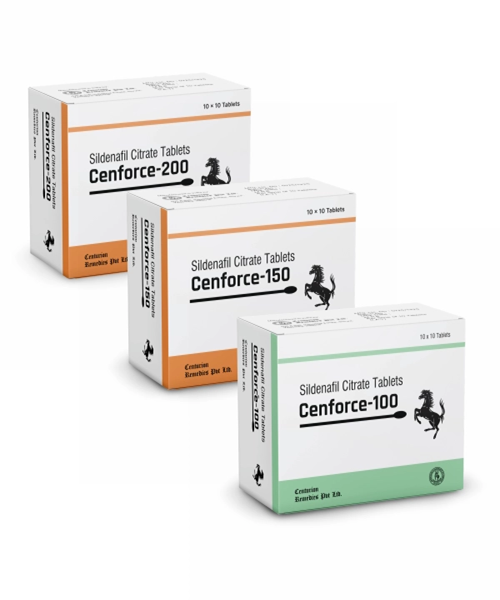
Ducting Expansion Joints: Importance & Key Benefits Explained
- Advanced Flexible Systems Inc
- Business
- 2025-07-06
- 272K
Expansion joints are widely used in diverse industrial applications. They assist in absorbing thermal expansion, vibration, and movement within piping systems. There are many different kinds of expansion joints used for industrial applications, such as ducting expansion joints, flexible rubber expansion joints and Viton expansion joints. In order to select the appropriate expansion joint, it is necessary to thoroughly understand the system's requirements and constraints.
Most expansion joints manufacturers provide assistance in choosing the right product based on your requirements. Many expansion manufacturers also provide tailored solutions to meet your specific needs. This saves your time and efforts involved in sourcing the best expansion joints to meet your industrial application requirements.
Ducting expansion joints are lightweight and flexible expansion joints. They are primarily designed for gaseous media using natural or synthetic elastomers by combining rubber and fabric reinforcement. These joints are widely used in scrubbers, precipitators, baghouses and fans in the air handling systems. These expansion joints help in resolving various problems in industrial applications, such as :
- Stresses: Ducting expansion joints help in absorbing movement caused due to thermal expansion or contraction of ducting
- Misalignment: These joints have a lightweight and highly flexible nature that makes it easy to compensate for installation tolerances in duct alignment, or movement and settling over time
- Noise: These joints act as a dampener and absorb the noise levels
- Vibration: They also reduce vibration when installed in proper locations and are not subject to metal fatigue failure
Similar low-pressure expansion joints find their use in gravity-fed applications where hopper and silo connections, shaker tables, vibratory conveyors, and bowl feeders are involved, requiring a large amount of movement with minimal resistance. Premium quality connectors in these applications help enhance process efficiency by reducing loss of material, contamination, or frequency of replacement. Flanged and sleeve-type connectors allow for easy installation and reduce airborne and physical hazards assomedium leakage from outside these processes. Below are the problem-solving supports from low-pressure expansion joints:

Key Functions and Benefits of Ducting Expansion Joints:
- Thermal Expansion/Contraction: These expansion joints are primarily used to allow free movement during expansion due to temperature changes. This helps in preventing stress and structural failure in the system
- Misalignment: They compensate for minor misalignments during installation or due to settling over time.
- Noise Reduction: By acting as dampers, these expansion joints help to reduce the transmission of noise and vibration.
- Vibration Dampening: They absorb vibrations and prevent fatigue failures in metal components.
- Flexibility: They can be made of various materials, including rubber, fabric, and PTFE, to suit different temperature and chemical conditions.
- Installation: Expansion joints can be easily installed, making them a cost-effective solution for ducting systems
Tips For Choosing Ducting Expansion Joints
Ducting expansion joints help in enhancing longevity, reliability and performance in HVAC, industrial, or process piping systems. By accommodating thermal expansion, vibrations, and misalignment in ductwork, these expansion joints help in avoiding structural damage and reducing maintenance needs. To choose the appropriate expansion joint, one needs to consider various things, such as
1. Understand System Requirements:
Begin by analysing the operating conditions, including temperature, pressure, flow media (air, gas, or corrosive fumes), and environmental exposure. These factors play a crucial role in the choice of material and design of the expansion joint.
2. Choose the Right Material:
Materials must be compatible with the media and withstand operating temperatures. Common materials for include rubber, PTFE, stainless steel, and fabric composites. For corrosive or high-temperature applications, PTFE or metal expansion joints are ideal, while fabric joints are suitable for low-pressure, high-temperature air or gas flows.
3. Determine Movement Requirements:
It is important to determine the types of movements the joint must accommodate, such as axial, lateral, angular, or a combination of them. Choose an expansion joint design that meets these movement capabilities without overstressing the system.
4. Select Joint Type:
Metal Expansion Joints are best for high-pressure and temperature applications. Flexible rubber expansion joints are cost-effective for low-pressure systems and provide good vibration damping. Fabric Joints are flexible and suited for large movements in air or gas ducts.
5. Consider Installation and Maintenance:
Ensure the joint can be installed in the available space and accessed for inspection or replacement. Flanged ends are common for easy installation.
6. Compliance and Standards:
Verify that the expansion joints meet industry standards such as EJMA, ASME, or ISO. This ensures safety, performance, and durability.
In summary, the ideal ducting expansion joint depends on system specifications, movement types, and environmental factors. Consulting with manufacturers or engineers can help ensure the optimal selection for your application.
Leave a Reply
Please login to post a comment.












0 Comments